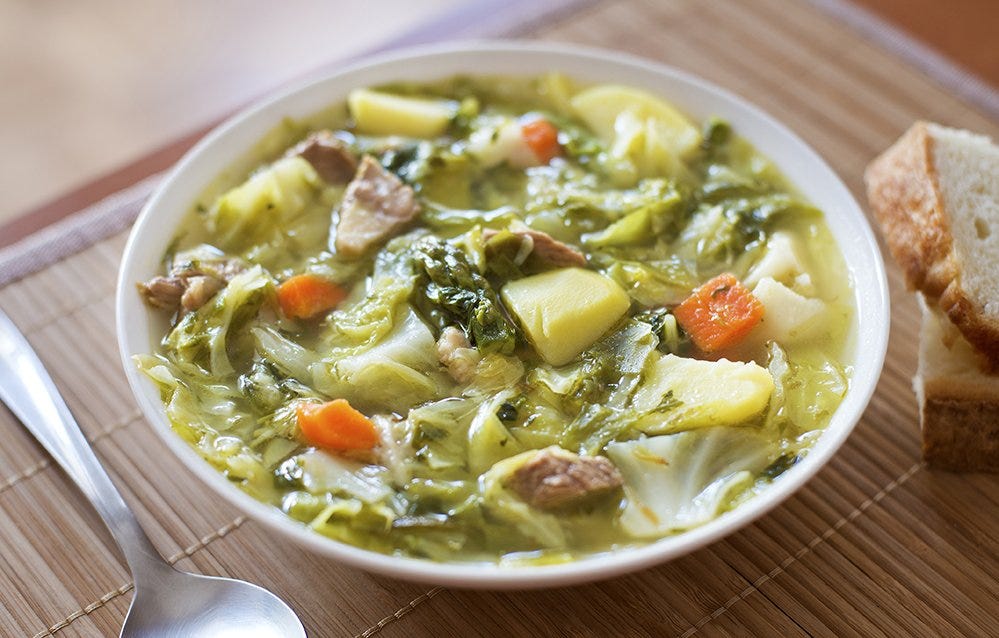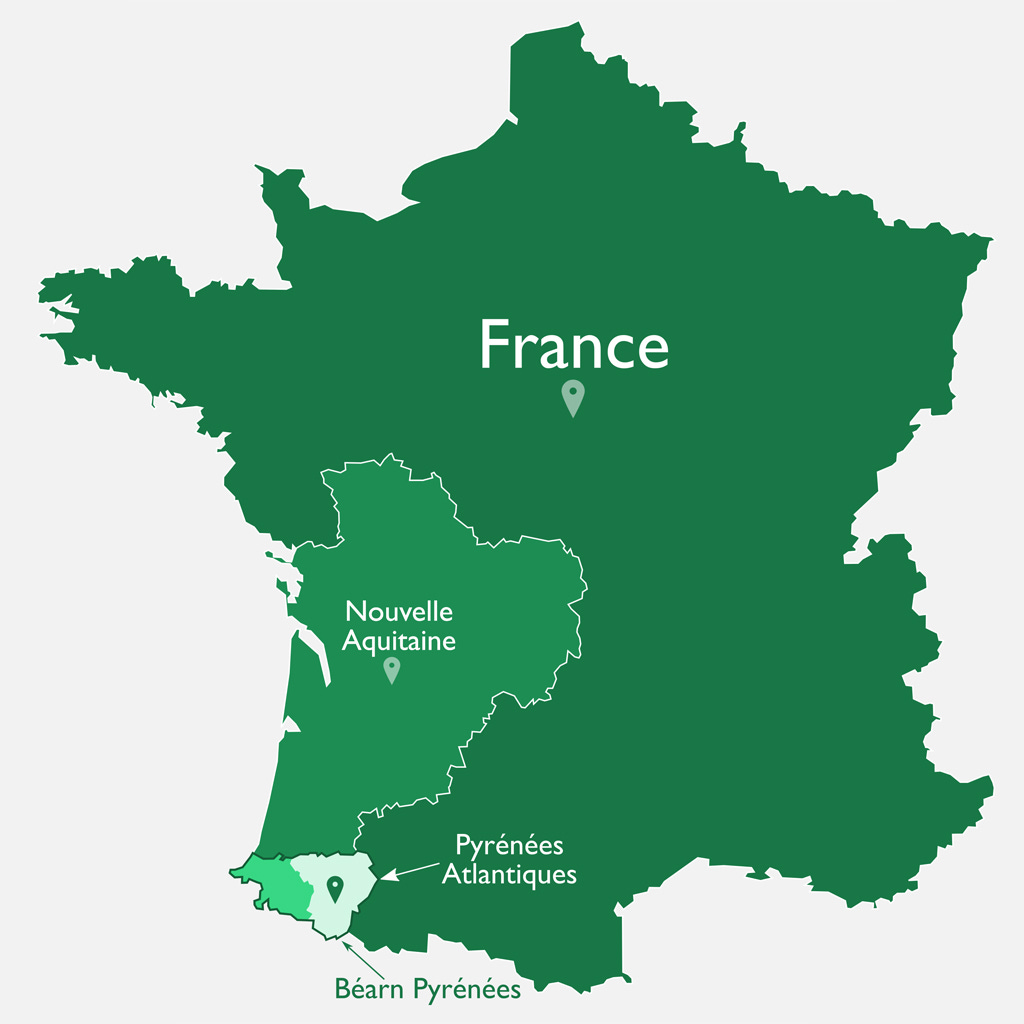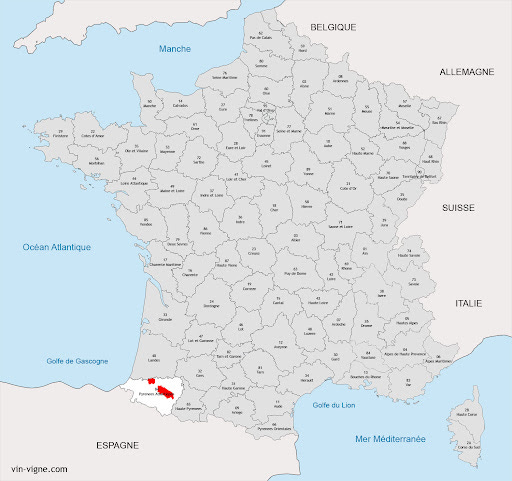Garbure Béarnaise: A Stew That Tells a Story of Béarn, sort of
A rustic dish from Basque-Béarnaise tradition - with a little Parisian invention.
Garbure Béarnaise: A Hearty French Country Stew
Garbure Béarnaise is an easy, adaptable stew from southwest France, combining meat, beans, and vegetables into a comforting meal perfect for cold weather. While its ingredients aren’t unusual in France or other parts of the world, the herbaceous notes, a hint of spice, and the inclusion of turnips hint at its regional roots. Unlike many dishes named by Parisian chefs to evoke rustic charm—such as Sauce Béarnaise, which was actually invented in Paris—this stew remains true to Béarn’s traditions with its rustic, earthy flavors.
Despite its name, sauce Béarnaise was not created in Béarn in the first place, but in 19th-century Paris by chef Jean-Louis-François Collinet at the Pavillon Henri IV restaurant, named in honor of King Henri IV, who was born in Pau, the capital of Béarn.
So, a sauce created in Paris was named after a region along the southern border of France because the name of the restaurant a chef worked in was was “Henri IV” and the real Henri IV was from that region in the Pyrenees next to Basque Country. And those people typically served nothing like the eggy, buttery sauce the Parisian chef had created.
Parisian chefs did this a lot, maybe to give a dish some rustic charm or some cultural significance, even when the dish had no direct ties to the region. It had more to do with getting Parisian diners into restaurants than anything else. This also happens all over: a French Dip sandwich has nothing to do with France - it was first made in Los Angeles.
Béarnaise sauce is moderately known in the U.S., but only with folks already familiar with French cuisine - and still nowhere near as much as hollandaise (not from Holland, but Normanry) or béchamel. And those people are unlikely to know where Béarn is at all.
Others recipes like Salade Niçoise, Poule au Pot (literally “chicken in a pot,” another term that is better in French), and Coq au Vin were also adapted or popularized by Parisian chefs, romanticizing regional or cultural ties that didn’t exist. Paris-Brest was a promotional recipe for a race and has nothing to do with either place (but they’re really good), and Sauce Américain is unknown in the US except maybe at some French restaurants.
Even the simple Garbure Béarnaise has been “elevated” by some chefs, with servings costing €50 or more in high-end restaurants, depending on the meat. It’s meant to be a cheap dish - duck is often reasonably priced here. Chicken makes it more affordable and adds richness as well.
True Sauces of Bearn
Traditional Béarn sauces reflect the region, with cultivated and foraged herbs and less dairy. Sauce Paloise is a minty version of Béarnaise, created in response to the Parisian Béarnaise. So a Parisian chef made a sauce named after the region that had nothing to do with it, but the sauce became well know, so then chefs in that region made their own version. Now it’s a tradition there.
Béarn is next to the Basque region, so sauce au piment d’Espelette is used with many dishes. These sauces are earthy, simple, and herb-forward. Not that “Béarnaise sauce,” isn’t nice for some things.
Other sauces of the region are common in other parts of France: sauce aux cèpes, porcini mushrooms, garlic, and butter; and sauce à l’oseille, a tangy sorrel sauce paired with fish. You have to forage for sorrel (known as wood sorrel in the US), but it’s worth it. You’ll almost never see that in markets.
Recipe: Garbure Béarnaise
This Basque-Béarnaise stew can take up to 4 hours, but most of it is hands-off and a nice way to warm your place. The word "garbure" comes from Occitan, the language of the region: garb was a generic term for vegetables and now refers to a stew with vegetables.
Ingredients (Serves 8)
1 smoked ham hock (about 1 lb; substitute with smoked turkey leg if needed)
9 whole black peppercorns
1 dried red chili pepper or ½ teaspoon red pepper flakes (or piment d’Espelette, if you have)
1 onion, studded with 4 cloves
2 ribs celery, cut into large pieces
1 bay leaf
1 sprig fresh thyme (or ½ teaspoon dried)
1 small green cabbage, core removed and sliced into strips
4 carrots, chunks
4 turnips, quartered
2 leeks, white and light green parts only, sliced
6 medium Yukon Gold potatoes, peeled and cut into chunks
1½ cups dried Great Northern beans (or canned beans for faster prep)
4 duck confit legs (cooked chicken thighs can work too)
Note: this soup works well with basic, almost rushed chopping
Preparation
Soak and cook dried beans ahead of time
The next day:
Combine ham hock, peppercorns, chili pepper, clove-studded onion, celery, bay leaf, and thyme. Add 4 quarts of water to cover. Bring to a boil, reduce the heat to low and simmer for 1.5 hours.
Chop carrots, turnips, leeks, and cabbage. Peel and chunk potatoes.
Over medium heat, crisp the duck confit legs (or chicken thighs) until golden and cooked through. Set aside. Reserve 3–4 tablespoons of rendered fat for sautéing vegetables.
In the same skillet, sauté carrots, leeks, and turnips until slightly softened.
Remove ham hock and set it aside to cool slightly. Many strain the broth then return it to the pot, but it’s not 100% needed.
Add vegetables, beans, and cabbage. Simmer 2 hours, stirring occasionally.
Add Potatoes and Meat:
Shred the ham hock meat, discarding the bone and fat. Add the meat and potatoes to the pot. Simmer 30 minutes.
If using duck confit, add it at the end - 15 minutes to heat through.
salt and pepper to taste. Remove from heat and let sit 10 minutes.








I've heard of this dish over the years but never tasted it nor seen it on a menu. So many dishes stay very regional. What is the French word for the ham hock one would include? After all these years, I still don't have all of my meat terms down.
Looks very hearty and filling. As you say, perfect for the season -- it's -16 today where I live!